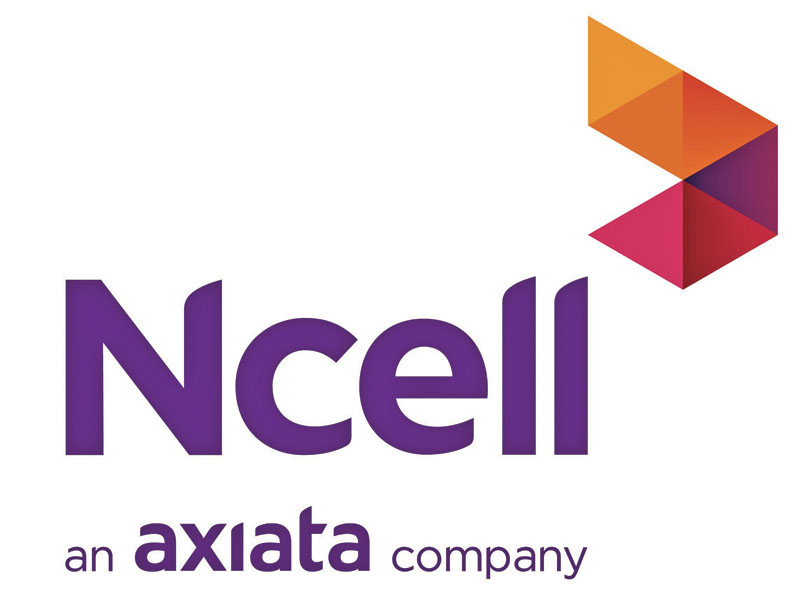Ncell allowed to use additional frequency in 1800 MHz
Kathmandu, February 10
Nepal Telecommunications Authority (NTA) has allowed private telecom firm Ncell to use the nine megahertz frequency that it had won in the 1800 megahertz bandwidth at the first ever spectrum auction held in December.
Against NTA’s earlier decision to allow Ncell to use the additional frequency in 1800 MHz bandwidth only after it settles its capital gains tax (CGT) liabilities, NTA board decided to allow the firm to use additional nine megahertz frequency in the given bandwidth.
Ncell has so far cleared Rs 4.5 billion out of Rs 22.5 billion remaining CGT amount that the government has determined for Ncell out of the company’s buyout deal. Ncell has sought the facility to pay remaining tax amount on instalment basis.
NTA claimed that Ncell was allowed to use additional frequency it had won in 1800 MHz based on the recent direction of Public Accounts Committee (PAC). “As Ncell has been clearing applicable CGT amount in instalments, the committee had asked us to allow the telecom firm to use the frequency it had won through the frequency auction,” informed Purshottam Khanal, chairman of NTA.
At the first-ever spectrum auction by NTA on December 18, Ncell became the highest bidder for frequency in 1,800 MHz bandwidth surpassing state-owned Nepal Telecom.
Ncell had made a bid of Rs 58 million per MHz, while NT had made a bid of Rs 50 million per MHz.
But Ncell had been unable to use the additional spectrum as NTA had allowed Ncell’s participation in the auction only on condition that it could use additional spectrum in the given bandwidth (if it became the highest bidder) after the firm clears all its tax liabilities.
NTA board has allowed Ncell to use the frequency it won after a green signal from PAC and the Large Taxpayers’ Office.
Last week, Revenue Secretary Sishir Dhungana had informed about Ncell seeking permission to allow it to clear its remaining tax liabilities in four instalments within June.
On top of that, the NTA board has set multiple conditions for Ncell to use the additional frequency, including that it should expand its 4G internet service across 77 districts within 2020. Similarly, Ncell should also ensure that its 4G internet service covers 95 per cent of the country’s territory and population by the end of 2022.
The download speed of Ncell’s 4G should be at least 20 Mbps in urban regions and 10 Mbps in rural areas.
Along with this, Ncell should also instal additional 3,000 base transceiver station towers across the country by end of 2022.






